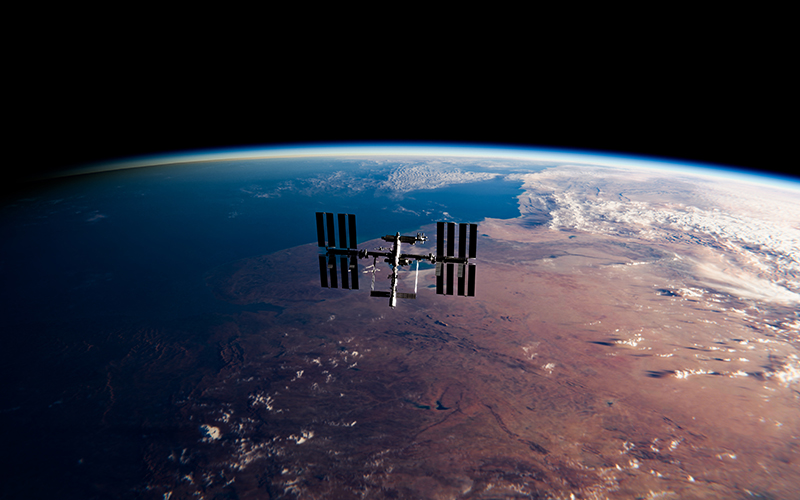The University of Surrey, a prominent centre for space sciences in the UK, is at the forefront of a groundbreaking project that promises to redefine fuel management in space exploration. In collaboration with Atout Process, the university’s Surrey Space Centre is developing the Smart Tank for Space (SMARTTS), a novel fuel gauge designed to operate in the challenging environment of zero gravity. The new technology is planned to see testing aboard the ISS in 2025.
Understanding the need for SMARTTS
Traditional fuel gauges, like those in automobiles, rely on gravity to measure fuel levels. However, this method is ineffective in space due to the absence of gravity. Current techniques used in space missions are based on estimates and calculations, which can lead to inaccuracies and necessitate the inclusion of additional fuel reserves. This approach results in increased costs and reduced efficiency.
SMARTTS, funded by the European Space Agency, aims to address this challenge by providing real-time, accurate measurements of fuel in zero gravity. The technology utilises electrical capacitance tomography sensors to assess the mass of liquid in a tank. This method not only measures the amount of fuel but also shows its distribution and movement within the tank, enabling the calculation of resulting forces on the spacecraft.
The role of the University of Surrey and Atout Process
The Surrey Space Centre, under the leadership of Professor Keith Ryden, plays a critical role in the development of SMARTTS. The centre provides essential expertise and access to specialised facilities, including clean rooms and equipment to test the system’s resilience to the stresses of launch and harsh space conditions. This collaboration is part of the SpaceCraft programme, funded by the UK Space Agency, designed to boost space enterprise and skills.
Atout Process, a UK-based company, is responsible for building the prototype SMARTTS system. Andrew Hunt, Chief Executive at Atout, emphasises the significance of the technology in facilitating measurable in-orbit refuelling and supporting new space industries. The prototype is scheduled for construction in 2024 and will be delivered to the International Space Station (ISS) for testing in 2025.
Implications and future prospects of SMARTTS
The successful implementation of SMARTTS could revolutionise space missions by improving spacecraft efficiency, reducing the need for excess fuel reserves, and enhancing the accuracy of fuel management. This advancement holds the potential to open doors to new industries and reduce the overall costs associated with space exploration.
Furthermore, accurate fuel measurement is critical for the sustainability of space missions, as it can contribute to reduced space debris by enabling better end-of-life planning for spacecraft. The versatility of SMARTTS, applicable to any spacecraft using liquid or gaseous propellant at any scale, highlights its potential as a universal solution for fuel measurement challenges in space.
Conclusion
The collaborative effort between the University of Surrey and Atout Process in developing SMARTTS is a significant step towards overcoming the longstanding challenges of propellant measurement in zero gravity. This innovation not only showcases the capabilities of UK space science but also underscores the importance of continuous research and development in the field of space exploration. As the project progresses towards its testing phase on the ISS, the space community eagerly anticipates the impact this technology will have on future space missions.




